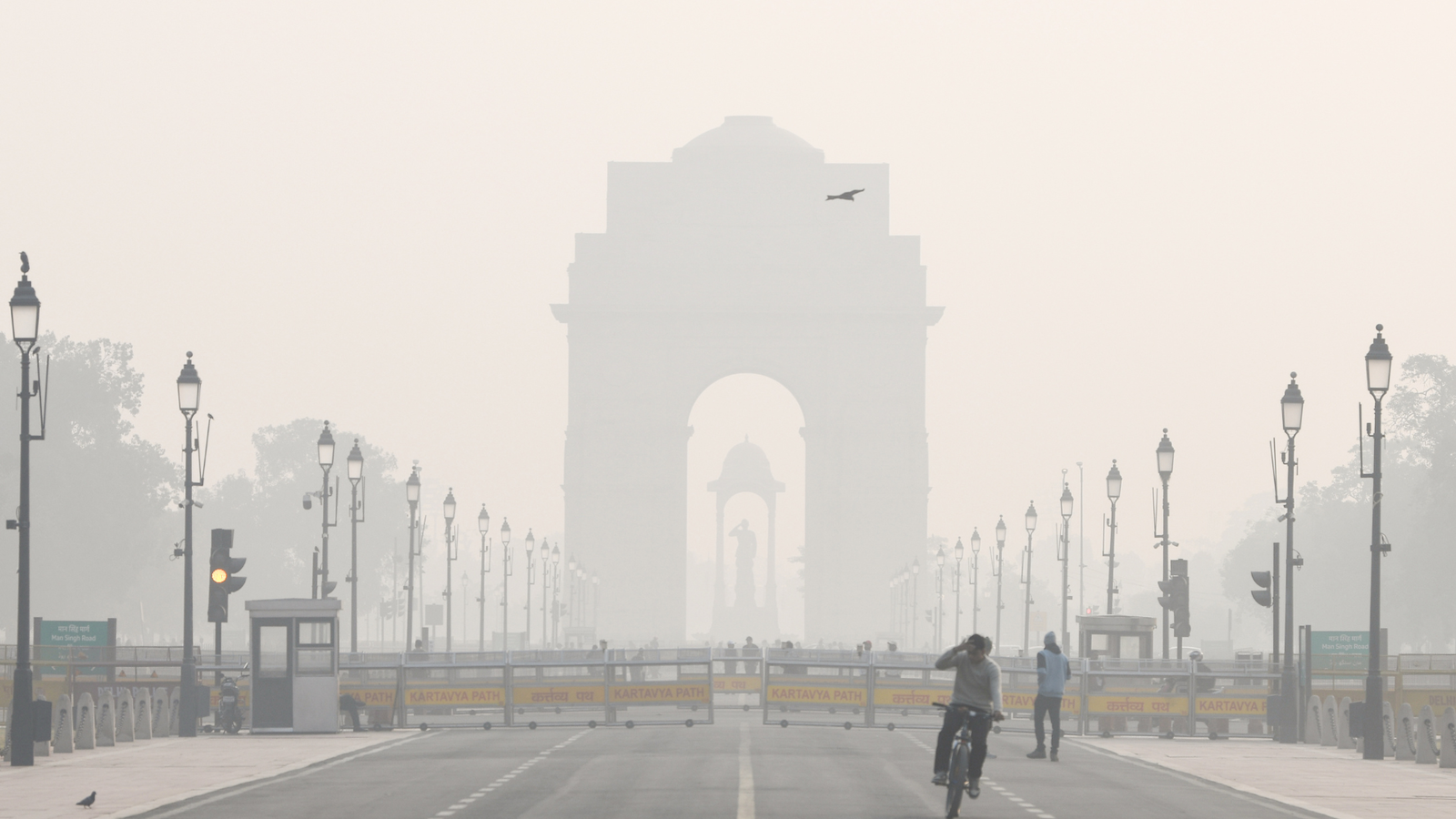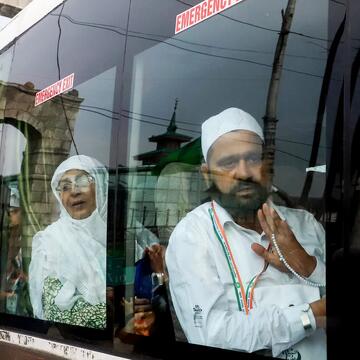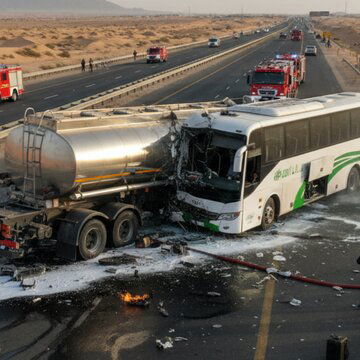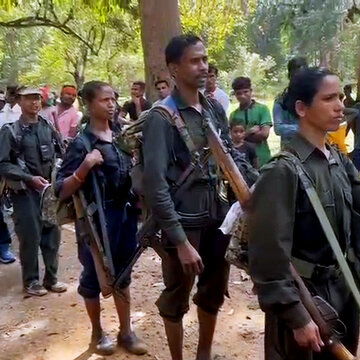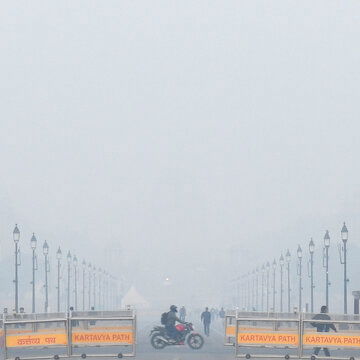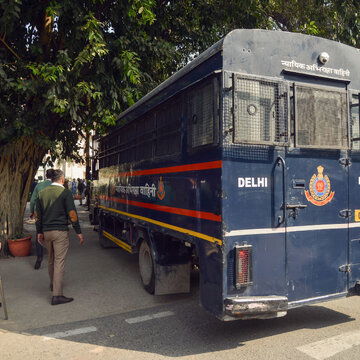On November 19, Delhi’s air quality remained grim as the pollution levels stayed in the ‘severe’ to ‘very poor’ range across the region. The persistence of the stagnant pollution condition for successive days prompted the Commission for Air Quality Management (CAQM) to implement GRAP Stage 3 restrictions aimed at controlling emissions.
Average AQI at 386; Wazirpur worst hit
As per a report by the Mint, the CPCB data recorded at 5:30 AM, Delhi recorded an average AQI of 386, keeping the city in the ‘very poor’ category. Of the 39 monitoring stations across Delhi-NCR, 16 locations fell in the 'severe' category, with AQI readings above 400.
Also Read | Delhi’s hybrid schooling amid smog exposes digital divide for students and teachers
Wazirpur recorded the highest AQI at 446.
Bawana followed at 444 and Jahangirpuri at 442.
Four other locations-Chandni Chowk, Ashok Vihar, DTU, and Vivek Vihar-recorded AQI between 430 and 440.
The CPCB's Sameer app also highlighted several stations above the 400 mark, including Sonia Vihar, Rohini, RK Puram, Punjabi Bagh, North Campus, Nehru Nagar, Narela, Mundka, and Anand Vihar.
NCR cities also choke on toxic air
Neighbouring regions showed similar distressing numbers:
Greater Noida: 450
Noida: 410
Ghaziabad: 435
Faridabad: 234
Gurugram: 288
There are several cities in the ‘severe’ zone, where pollution concerns go beyond the capital.
Restrictions under GRAP Stage 3
In response to the deteriorating air quality, authorities implemented measures including:
Construction and demolition activities are banned.
Water sprinkling on roads.
Traffic restrictions across Delhi-NCR.
Switch to hybrid learning for primary school classes.
Also Read | Delhi-NCR breathes hazard: AQI near 450, city practically ‘smoking’ 10 cigarettes a day
Forecast predicts possible relief ahead
Skymet's Mahesh Palawat explained that light rainfall in the coming days could help in improving visibility and reducing pollution, PTI reported. However, the Air Quality Early Warning System predicts that Delhi's AQI will continue to remain in the 'very poor' range for the next five days.
According to the report by The Mint, Satellite images on Monday showed 31 farm fires in Punjab, 10 in Haryana, 384 in Uttar Pradesh, and one in Delhi, which were adding to pollution. IITM Pune's model indicated that on 18 November, vehicular emissions had a share of 18.1 per cent and stubble burning 5.4 per cent of the pollution levels in Delhi.


